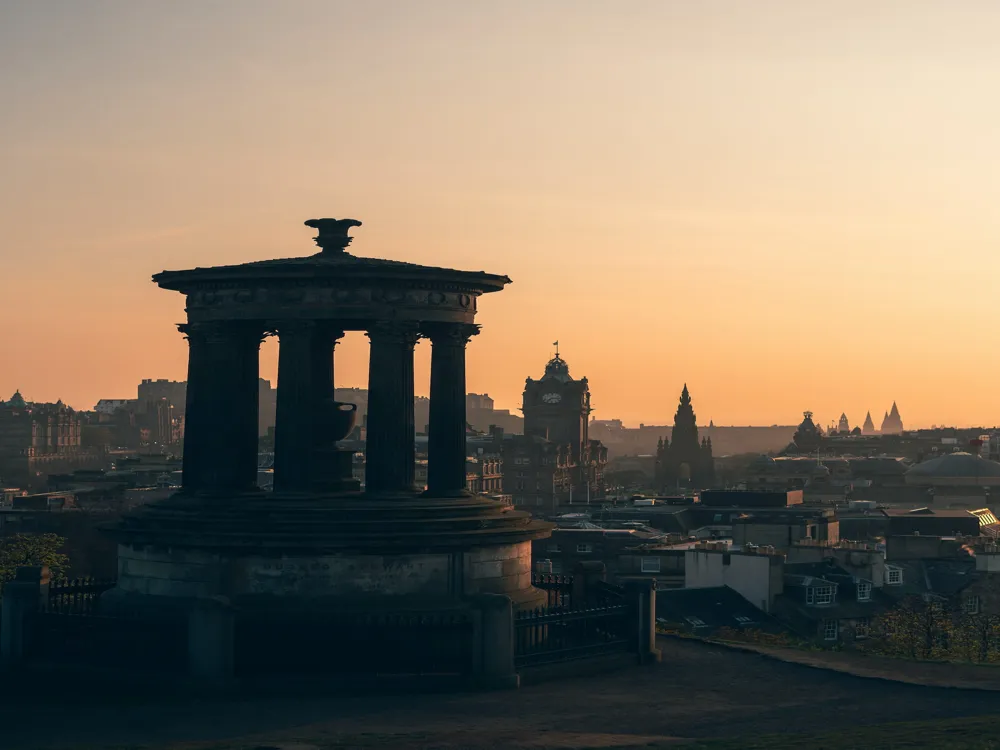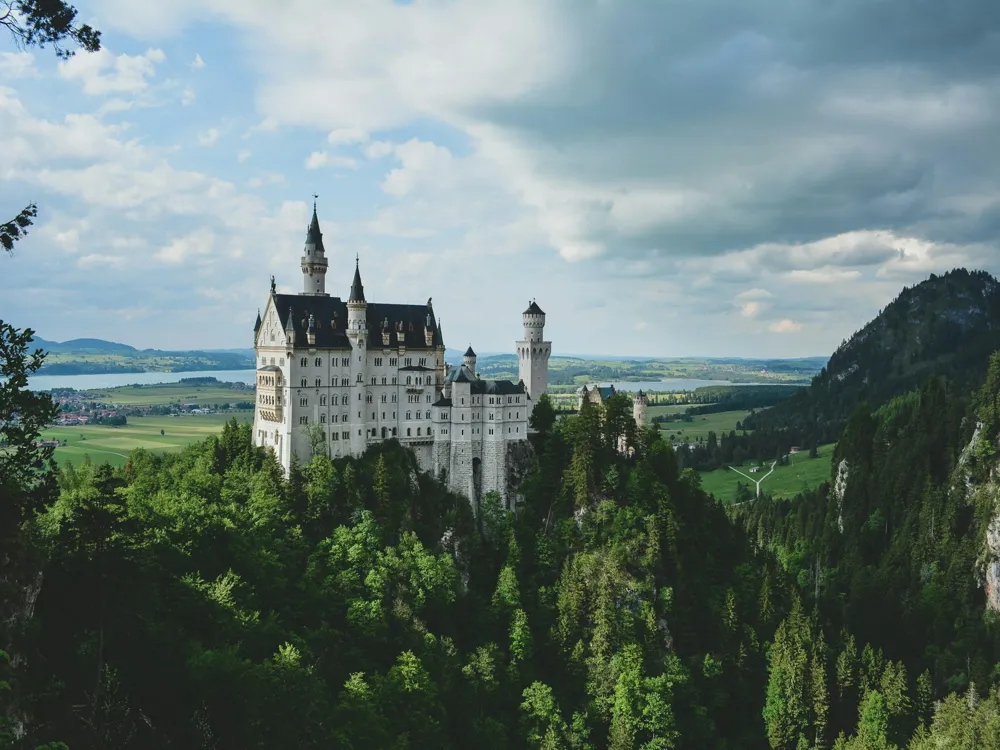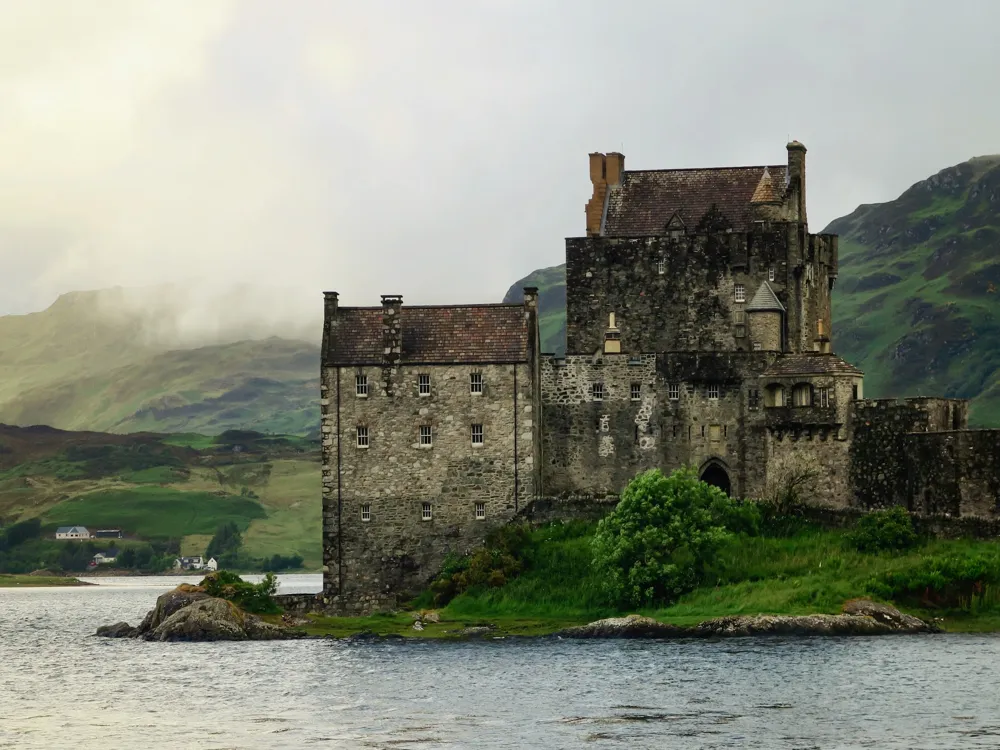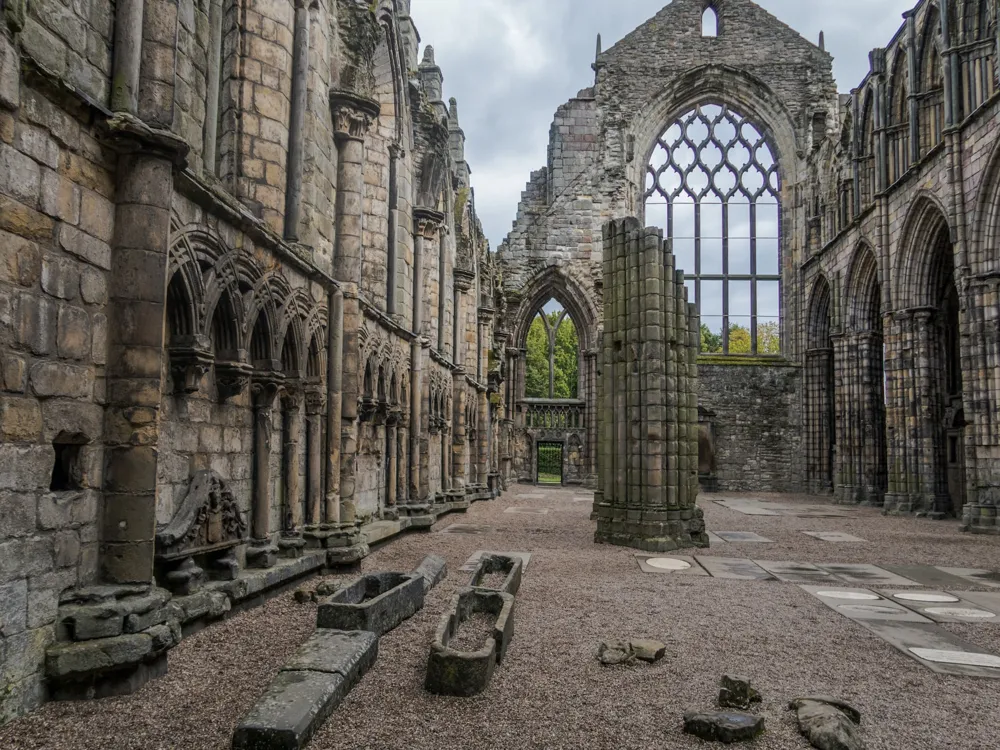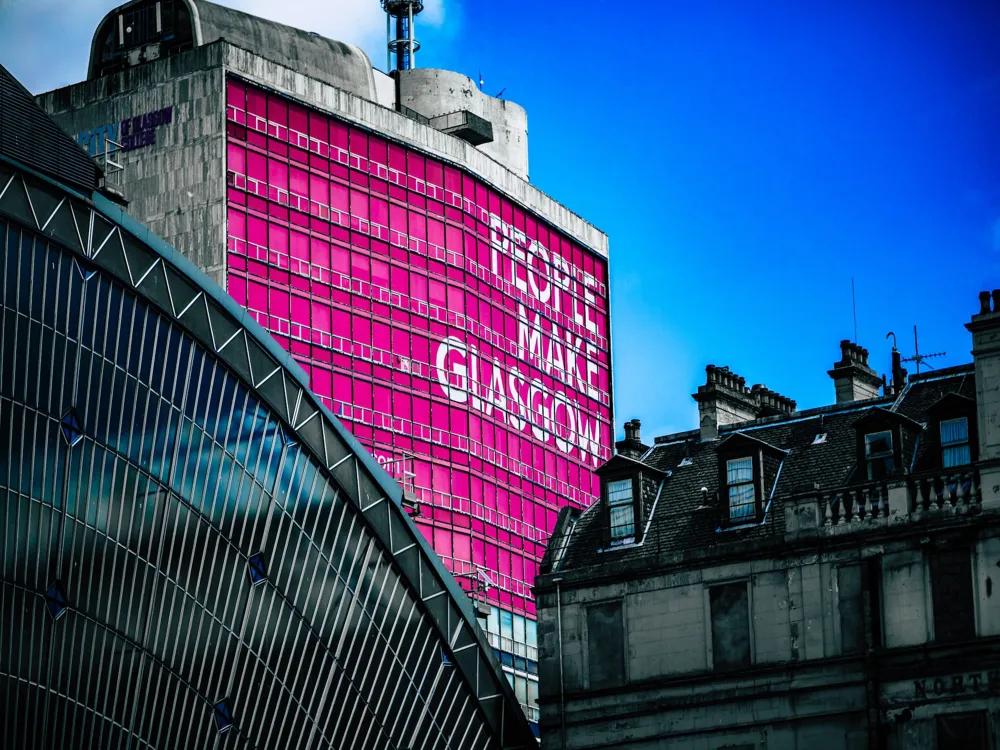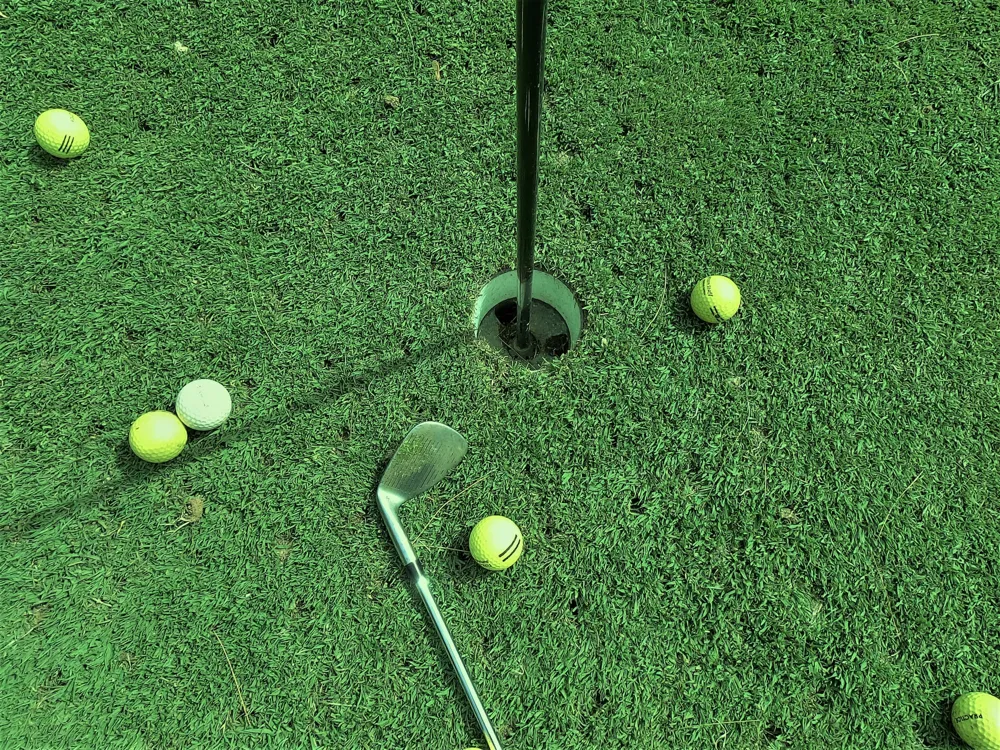Edinburgh, the capital city of Scotland, is renowned for its rich history, stunning architecture, and vibrant cultural scene. Nestled between the North Sea and rolling hills, this picturesque city offers a blend of ancient heritage and modern sophistication. Edinburgh's unique character comes from its impressive medieval and Georgian architecture, creating a stunning urban landscape that attracts millions of visitors each year. The city is not just about its physical beauty; it's also a hub for festivals, arts, and education, home to world-class universities and cultural events like the famous Edinburgh Festival Fringe. The history of Edinburgh dates back thousands of years, with each era leaving its mark on the city's architecture and culture. From the ancient Edinburgh Castle, perched atop a volcanic rock, to the elegant Georgian townhouses of the New Town, Edinburgh's history is visible at every turn. The city played a significant role in the Scottish Enlightenment and was a hotbed for philosophical and scientific thought, earning it the nickname 'Athens of the North'. Today's Edinburgh is a vibrant melting pot of culture, arts, and education. It hosts numerous festivals, including the Edinburgh International Festival and the Edinburgh Festival Fringe, the world's largest arts festival. The city's universities and colleges are among the best in the UK, attracting students from all over the world. Edinburgh's culinary scene is also noteworthy, featuring everything from traditional Scottish dishes to international cuisine. Despite its urban setting, Edinburgh is blessed with abundant green spaces and natural beauty. Iconic landmarks like Arthur's Seat and Calton Hill offer panoramic views of the city and are popular spots for hiking and picnics. The Royal Botanic Garden and Princes Street Gardens provide peaceful escapes within the city, showcasing a variety of flora and stunning landscapes. Edinburgh's architecture is a tangible narrative of its rich history, with structures that date back to medieval times. The city's architectural landscape is a harmonious blend of ancient buildings and modern design, reflecting the social, political, and cultural changes throughout its history. The Old Town of Edinburgh is a splendid example of medieval urban planning, with its narrow alleys, cobbled streets, and stone tenements. At its heart lies the Edinburgh Castle, a historic fortress that dominates the city skyline. The St Giles' Cathedral and the ancient buildings of the Royal Mile are also prominent examples of medieval and Renaissance architecture, teeming with stories of the past. In contrast, the New Town is a masterpiece of Georgian and Neoclassical architecture. Designed in the 18th century, it features grand squares and wide streets lined with elegant townhouses. The harmonious proportions and classical detailing of buildings in areas like Charlotte Square and George Street reflect the Enlightenment's ideals of order and beauty. In recent years, Edinburgh has embraced modern architecture, adding a contemporary layer to its historic landscape. Innovative buildings like the Scottish Parliament and the Edinburgh International Conference Centre showcase the city's commitment to modern design, blending seamlessly with the traditional backdrop. Edinburgh's architectural heritage is meticulously preserved, with numerous buildings designated as UNESCO World Heritage Sites. This careful preservation ensures that the city's history remains alive, allowing future generations to experience and learn from its architectural wonders. Edinburgh is enchanting year-round, but the best time to visit is during the summer months of June to August when the weather is mild and the city buzzes with festivals. However, if you prefer a quieter experience, spring and autumn offer pleasant weather with fewer crowds. Edinburgh offers a range of accommodations to suit all preferences and budgets. From luxury hotels in the city center to cozy bed and breakfasts in quieter neighborhoods, there's something for everyone. Booking in advance is recommended, especially during festival seasons. Getting around Edinburgh is easy with its efficient public transport system, including buses and trams. The city is also very walkable, especially the central areas like the Old Town and New Town. For exploring the outskirts, consider renting a bike or car. Edinburgh locals are known for their friendliness and hospitality. When visiting, it's polite to greet with a simple 'hello' or 'hi', and always say 'thank you' to service staff. Tipping in restaurants and taxis is customary, usually around 10%. Edinburgh is well-connected and accessible from various parts of the world. The Edinburgh Airport, just outside the city, receives international and domestic flights. By train, Edinburgh is connected to major UK cities through the National Rail network, with the main station, Edinburgh Waverley, located centrally. For those preferring to drive, well-maintained roads and scenic routes offer a pleasant journey. Regardless of the mode of transportation, reaching Edinburgh is a straightforward and enjoyable experience.Overview of Edinburgh
Historical Significance
Cultural and Modern Edinburgh
Natural Beauty and Green Spaces
Architecture of Edinburgh
Medieval and Renaissance Architecture
Georgian and Neoclassical Influences
Modern and Contemporary Design
Preservation and Heritage
Tips When Visiting Edinburgh
Best Time to Visit
Accommodations
Transportation
Local Etiquette
How To Reach Edinburgh
Edinburgh Castle
Edinburgh
₹ 54,993 onwards
View edinburgh Packages
Weather :
Tags : Historical Site
Timings : 9:30 AM - 5:00 PM
Entry Fee : Adult - GBP 16.50,
Child - GBP 9.90
Planning a Trip? Ask Your Question
Edinburgh Travel Packages
View All Packages For Edinburgh
Top Hotel Collections for Edinburgh

Private Pool

Luxury Hotels

5-Star Hotels

Pet Friendly
Top Hotels Near Edinburgh
Other Top Ranking Places In Edinburgh
View All Places To Visit In edinburgh
View edinburgh Packages
Weather :
Tags : Historical Site
Timings : 9:30 AM - 5:00 PM
Entry Fee : Adult - GBP 16.50,
Child - GBP 9.90
Planning a Trip? Ask Your Question
Edinburgh Travel Packages
View All Packages For Edinburgh
Top Hotel Collections for Edinburgh

Private Pool

Luxury Hotels

5-Star Hotels

Pet Friendly





